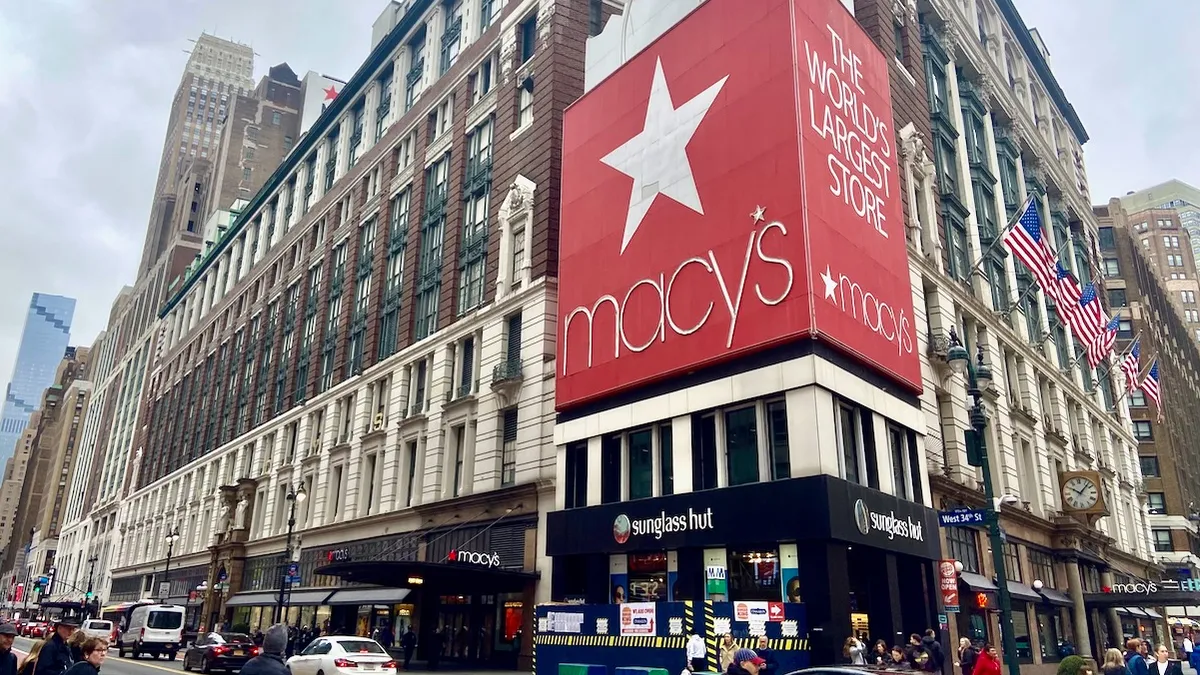Editor's Note: This article is part of a series on disrupting the freight forwarding process. All stories in this series can be found here.
Get shipping quotes in seconds. Book an entire container to go from Asia to the Midwest with the click of a button. Use Amazon to import goods for resale.
Technology has overhauled many aspects of the supply chain, but freight forwarders in particular have noticed a slew of new disruptor companies entering the marketplace over the last three years. “They’re not the old-school expediters. We’re talking about new companies that are popping up,” said Jimmy Ting, President of Cargocentric, a freight forwarder and customs agent in South San Francisco.
Shippers bypassing traditional freight forwarders by booking their own cargo for transit is just one area where digitization is impacting the industry. While digitization can make for a smoother and more efficient process, the industry still faces many challenges in that automation process.
Why is digitization harder with freight forwarding?
The freight forwarding industry has long been aware of potential disruption, said Ting, however it’s a more complex industry than travel agencies, a commonly cited example of a field that successfully transitioned to digitization.
A consumer can book a flight from New York to Paris, but the only vendor involved is the airline. With freight forwarding, a company books a shipment from New York to Paris, but there are more parties involved, like a truck picking up the goods, ship or plane transport, customs declarations or duties, and delivery to the final destination. “The whole process can be extremely complicated,” Ting said. With multiple vendors, it’s more difficult to automate the process in one software solution, plus each country has its own regulations.
Indeed new tech companies can’t easily cover all of global shipping yet. The Loadstar recently tried obtaining standardized quotes from four of the major online platforms, and ran into various roadblocks on specifications. (One example includes a 117-year delivery time, attributed to a technical glitch). And as of last summer, iContainers offered online booking of warehouse-to-warehouse moves, but they limited themselves to smaller companies, standard services and sizes, modeling themselves on a simpler Southwest Airlines approach.
Yet the freight forwarding role doesn’t go away just by using an online platform. “You still have to have a freight forwarder doing the work behind the scenes, arranging the ocean freight, trucking and customs clearance,” Ting said. The online software companies are the front end, the customer-facing software to make the process easier, but the freight forwarders are still in the background.
The challenge: offering value in a commoditized market
Shipping is a commoditized market. A shipper using an online booking system makes sense, said Ting, if their needs are simple, they know precisely what they want and they’re familiar with the routing.
Routes like Shanghai to Long Beach, for example, have so many players on the route that it’s possible to get a low bid, as the carriers’ service is similar. “It’s a very easy quote,” Ting said. If the needs are simple and it’s just port-to-port service without customs issues or strange duty requests, then this is a time when a shipper might go with an online system, he said.
But when a shipper is new to the market or has complex shipping needs, online platforms aren’t necessarily able to handle the many variables. Shipping terms include various “what ifs” based on customs exam costs, or tradeoffs in shipping to a cheaper port, but it takes more time. The human touch of talking through the different options and variables adds value, Ting added, and that can actually cost time, money and hassle.
When a shipper is new to the market or has complex shipping needs, online platforms aren’t necessarily able to handle the many variables.

Supply Chain Dive
With freight forwarding increasingly becoming digitized, “freight forwarders will have to differentiate with better service and more value-added service,” says Eytan Buchman, head of marketing for Freightos. Buchman cites the company’s 2016 survey, which said that logistics professionals thought their clients were looking first for reliability, then cost, communication, crisis management and relationships.
Buchman doesn’t think a company will move from a reliable freight forwarder to a company with no experience just to save money. But if they’d still be getting great service and dependability, and the cost of shipping is lower, then the companies would likely switch.
Existing large freight forwarders are uniquely positioned to offer services online, said Buchman. Those with offices around the world, with expertise and back-end support who tap into the right technology at the right time can do a lot to retain and gain customers.
And smaller companies? They actually have an advantage too. It’s easier for a company with 30-50 employees to roll out technology than it is for large companies. “It’s easier to turn around a yacht than an ocean carrier,” Buchman said.
Freight forwarders will have to differentiate with better service and more value-added service.

Eytan Buchman
Director of Marketing, Freightos
In other words, the incentives to digitize freight forwarding are there without many threats. The freight forwarder will still be indispensable to supply chains, but digitizing may help companies add value to their customers.
However, digitization is all but simple. In order to fully digitize the freight forwarding process, each step the forwarder manages must be automated — from the ability to book and monitor cargo on truck, rail, air and ship, to the customs process to a seamless transfer of data between the forwarder and the client.
Of course, that’s not all under the freight forwarder’s control. There are many challenges in integrating technology both at the cargo transit point and point of sale with shippers. Relationships matter and markets are fractured, so despite the various next-generation forwarders on the market, disrupting the freight forwarding process will require buy-in from those managing that process.






















